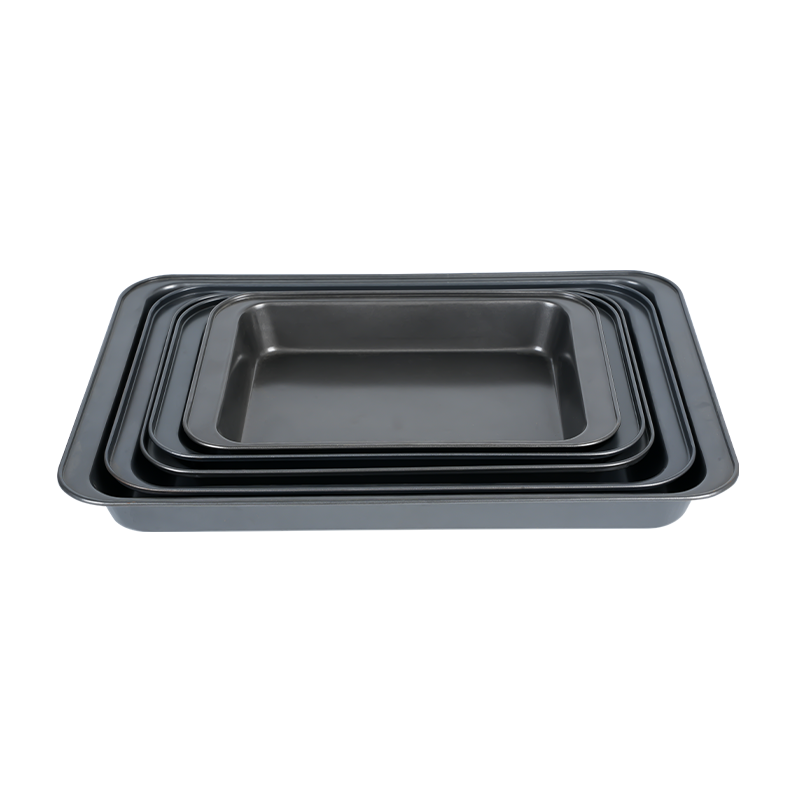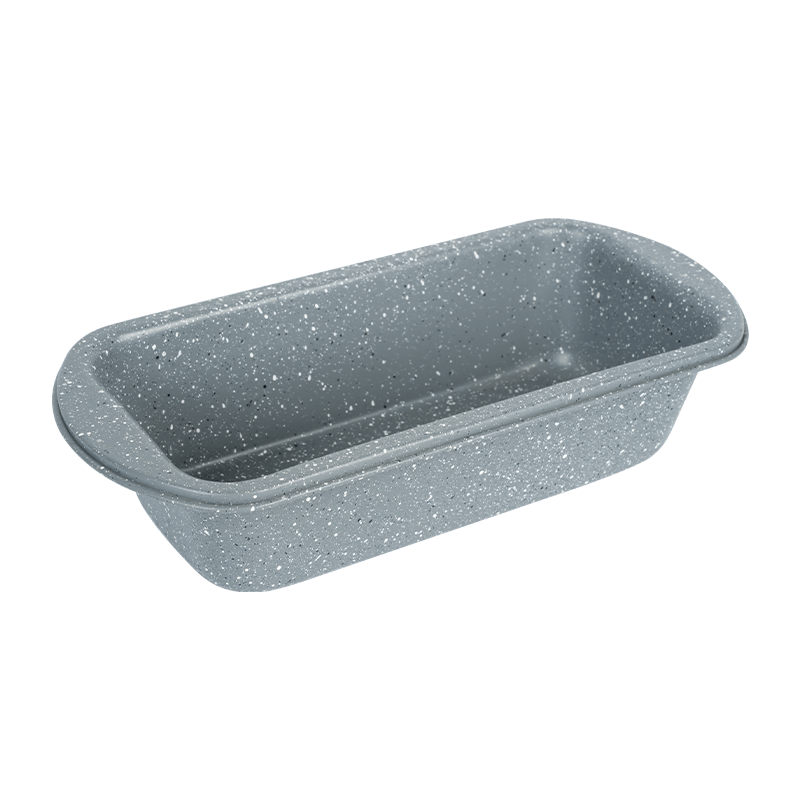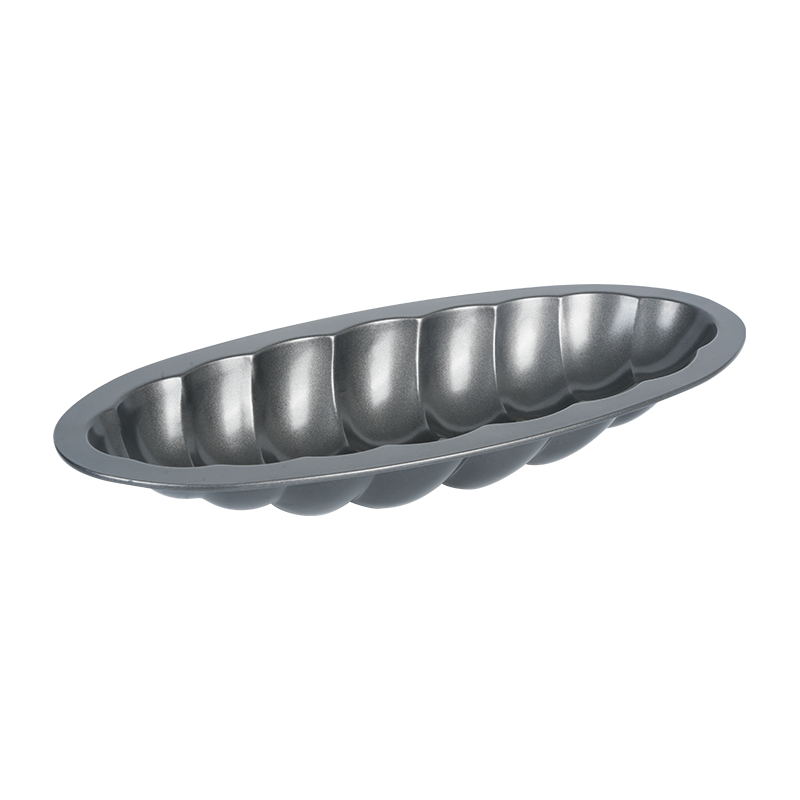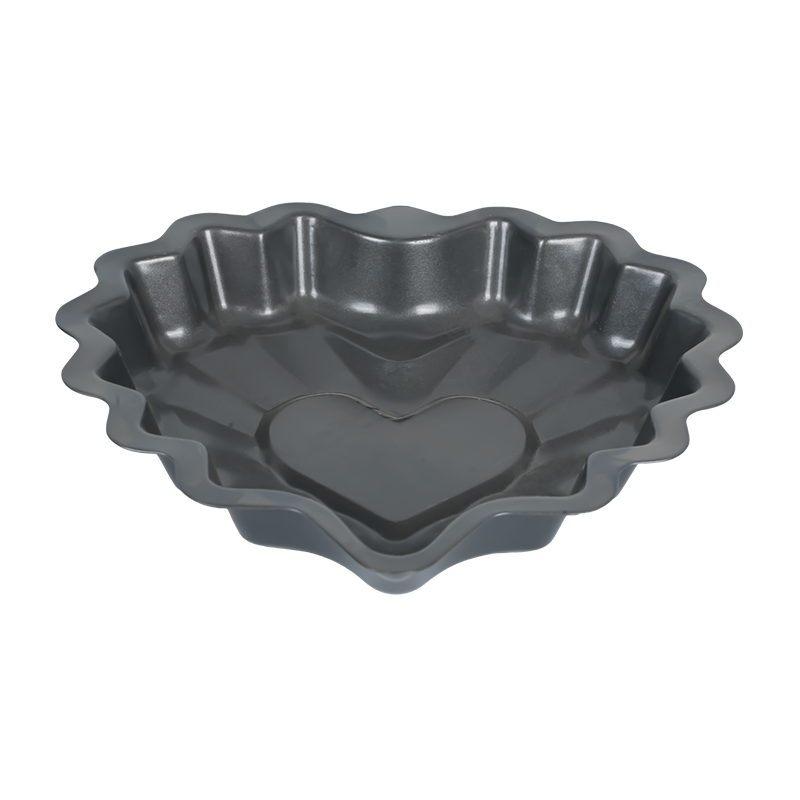The company relies on a high degree of brand awareness, fine product quality, convergence of multiple strong advertising media power, and through the integration of capital, knowledge, talent technology, channels, information operations.
Surface Coating and Non-Stick Properties
One of the important factors affecting the ease of cleaning it is the type of surface coating it has. Many modern muffin pans come with a non-stick coating that significantly reduces the chances of batter sticking to the walls and bottoms of each cup. This makes it much easier to wipe away any remaining crumbs or residue. A quality non-stick coating also requires less scrubbing and decreases the need for soaking or the use of harsh cleaning tools.
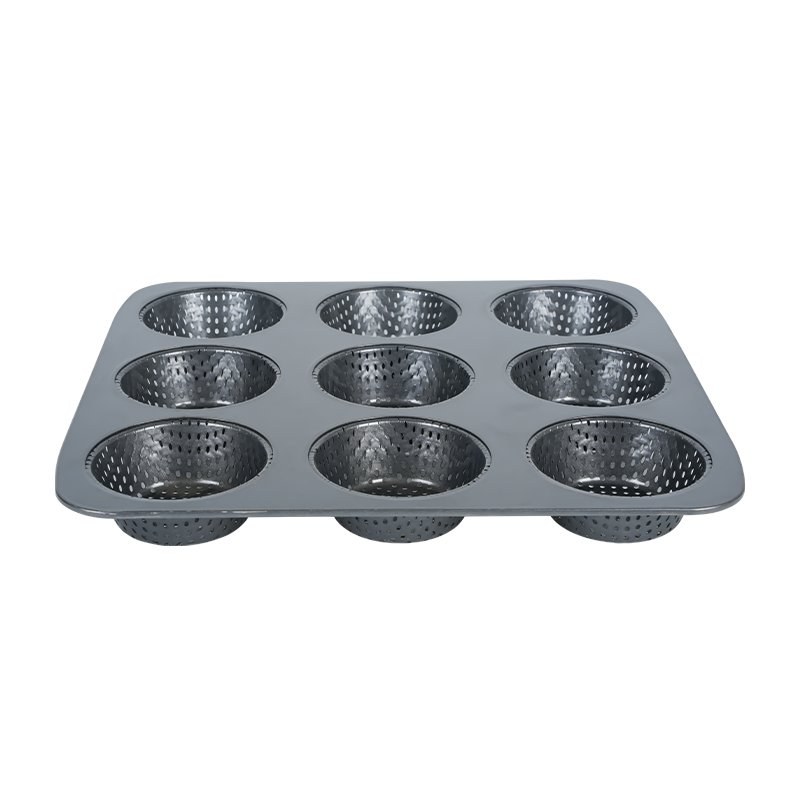
Material Impact on Cleaning Process
The base material of the muffin pan also plays a crucial role. Aluminum and carbon steel pans with protective coatings are generally easy to clean, especially when the coating is intact and scratch-free. Stainless steel pans, although durable, tend to be harder to clean if food residue gets baked on, as they typically lack a non-stick surface. Silicone muffin pans are naturally non-stick and flexible, making it easier to remove baked goods and wash off any residue, although they may sometimes retain oil stains if not cleaned.
Manual vs. Dishwasher Cleaning
Whether a muffin pan is dishwasher-safe is another factor that determines its cleaning convenience. Many metal pans with non-stick coatings are labeled as dishwasher-safe, but manufacturers often recommend handwashing to preserve the coating's lifespan. Repeated dishwasher cycles can degrade non-stick finishes over time, causing sticking and more difficult cleaning. Silicone muffin pans, on the other hand, are usually dishwasher-safe and can be cleaned with ease. However, they may require an extra rinse to remove grease buildup.
Baking Preparation and Residue Prevention
Proper preparation before baking can greatly reduce post-bake cleaning effort. Using paper or silicone baking liners prevents direct contact between the batter and the pan, eliminating nearly all residue. Alternatively, greasing each cup lightly with oil or spray also helps release baked goods cleanly, reducing food remnants. A well-prepared muffin pan is much less likely to need heavy-duty scrubbing after baking.
Design Considerations
The physical design of a muffin pan can influence how easy it is to clean. Pans with rounded corners and smooth edges are much simpler to wipe down than those with sharp angles or decorative fluting. Deeper cups may require a small brush for cleaning, while shallow pans are typically quicker to rinse and dry. Some pans come with reinforced rims that provide better grip and reduce the chances of batter spilling over and hardening on the surface, further simplifying clean-up.
Common Cleaning Challenges
Over time, baked-on grease and batter residues can become stubborn, especially if the pan is not cleaned promptly after use. In such cases, soaking the pan in warm soapy water followed by gentle scrubbing with a soft sponge usually removes most residue. Avoiding metal scrubbers or abrasive pads is essential to prevent damage to coatings or finishes. For tough stains, a baking soda paste can be used as a non-toxic cleaner to help lift baked-on material without harming the pan.
Conclusion: Cleaning Efficiency Depends on Material, Coating, and Use Habits
Whether a muffin pan is easy to clean depends on several factors, including its material, coating, and how it’s used. Non-stick metal and silicone pans generally offer the cleaning experience, especially when proper preparation methods are followed. With regular care, gentle handwashing, and timely cleaning after each use, most muffin pans can remain easy to maintain and continue delivering good results over time.

 English
English русский
русский Español
Español